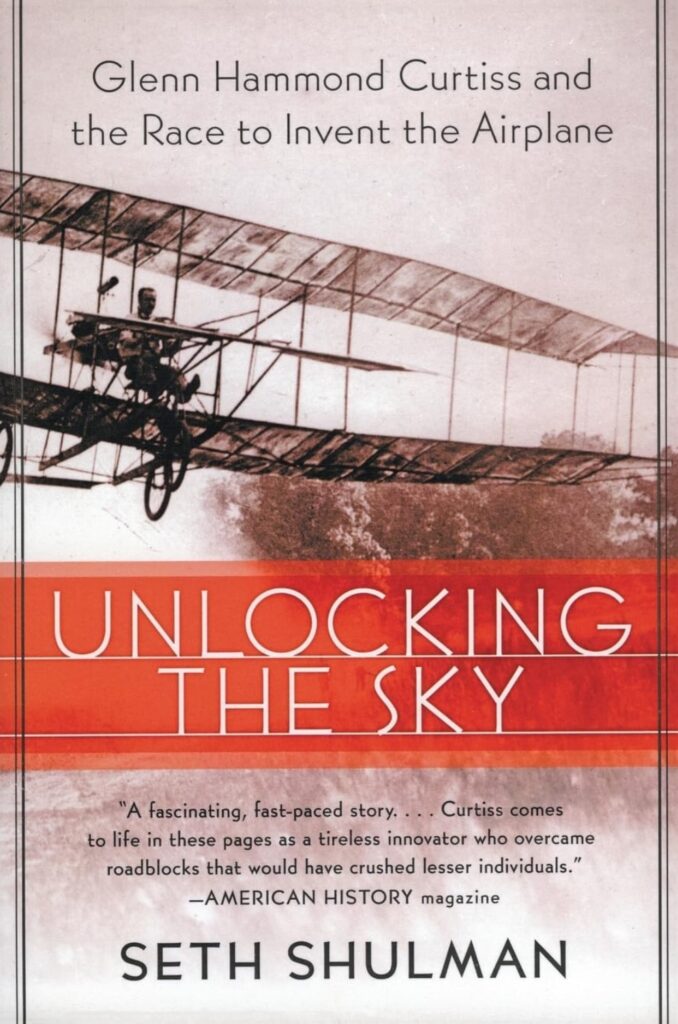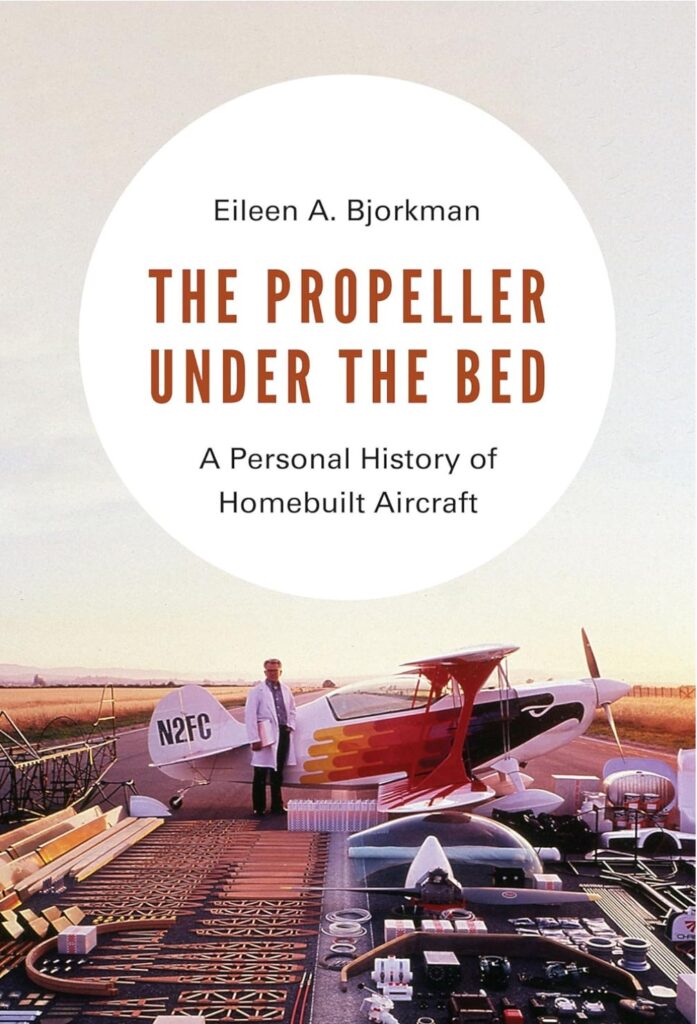
There is interesting history about George Bogardus’ aviation activities including his Little Gee Bee airplane, the very same one that he flew back to Washington DC in the late ’40s or early ’50s to promote experimental aviation.
In 1999, with the majority of the proceeds of the George Bogardus estate, EAA Chapter 105 established the George and Lillian Bogardus Memorial Trust Fund to carry out charitable, scientific or educational purposes and to support the purposes of several aviation-related 501c(3) organizations in the region, including Chapter 105.
Chris Riedener, previous Chapter 105 President, researched and wrote this Wikipedia article about George Bogardus and his impact on the federal regulations of Experimental Homebuilt Aircraft. In this Wikipedia article, Chris explains, “George and his wife Lillian had no children and left their estate to EAA Chapter 105, which is currently in Hillsboro, Oregon in care of Dick VanGrunsven. Their estate included a large collection of documents which includes correspondence with State and Federal agencies, scrap books, early AAA newsletters, twenty years’ worth of correspondence with AAA members (many became lifelong friends), a series of letters from Les Long written in 1943-44, and what remained of Little Gee Bee including its airframe and engine logbooks. As of 2025, the chapter is in the process of digitizing and hosting some of the documents.”
Below and on THIS PAGE are some interesting reference documents. Click each one to read. Some are large files that may take some time to download.
1946 Letter from Bogardus explaining the CAA’s initial trial period to register homebuilt aircraft under the Experimental category.
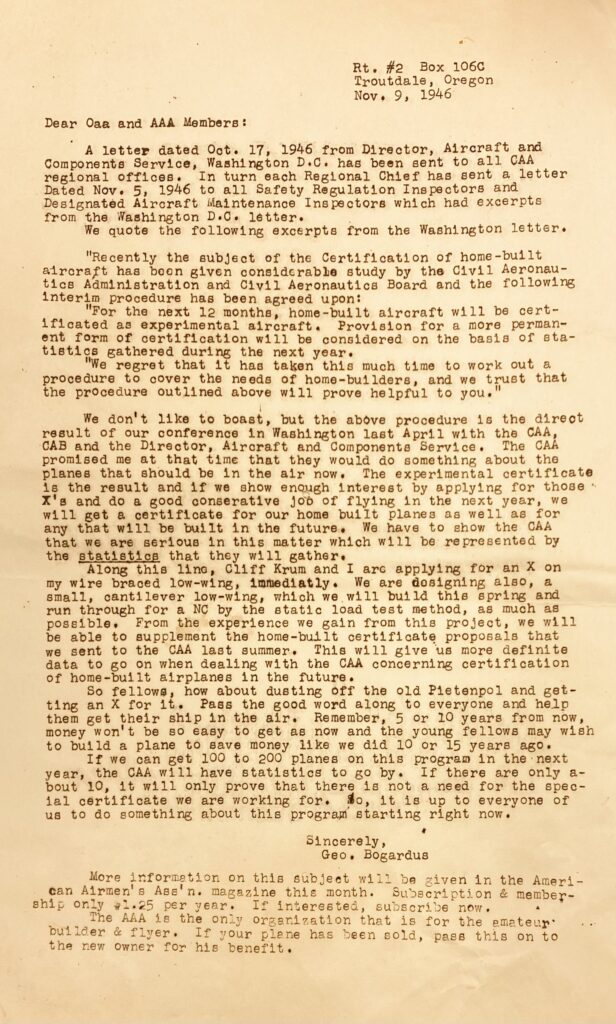
Here is a link to an article about George Bogardus in the EAA Experimenter magazine. It is a large file and may take a while to download.
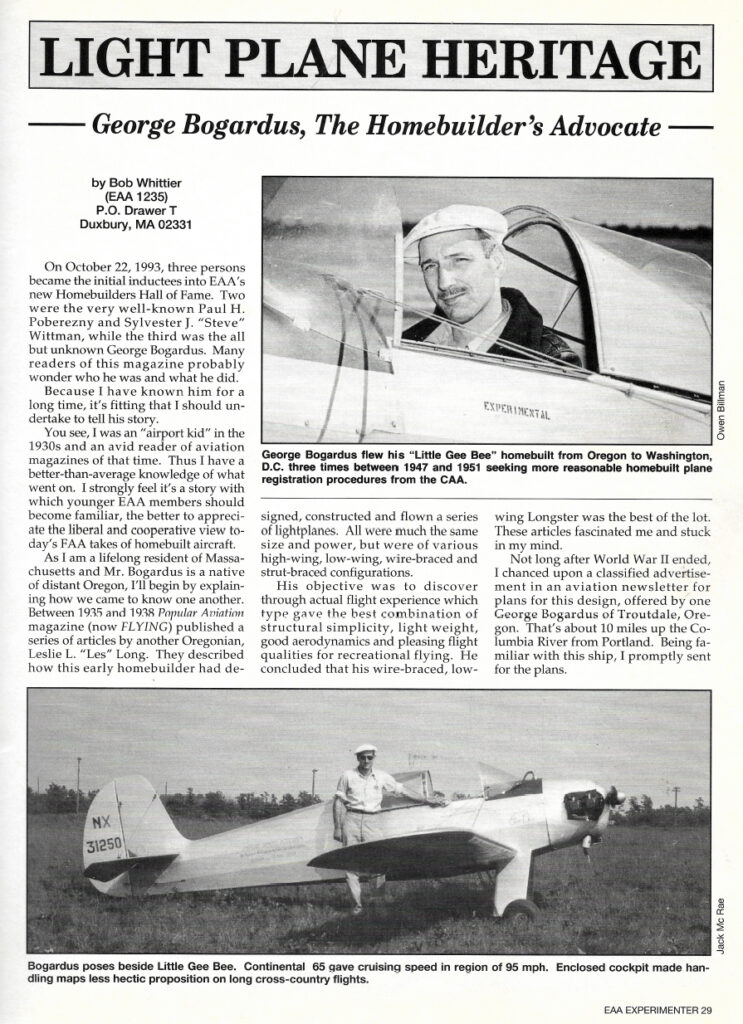
Photos from the George Bogardus archive.


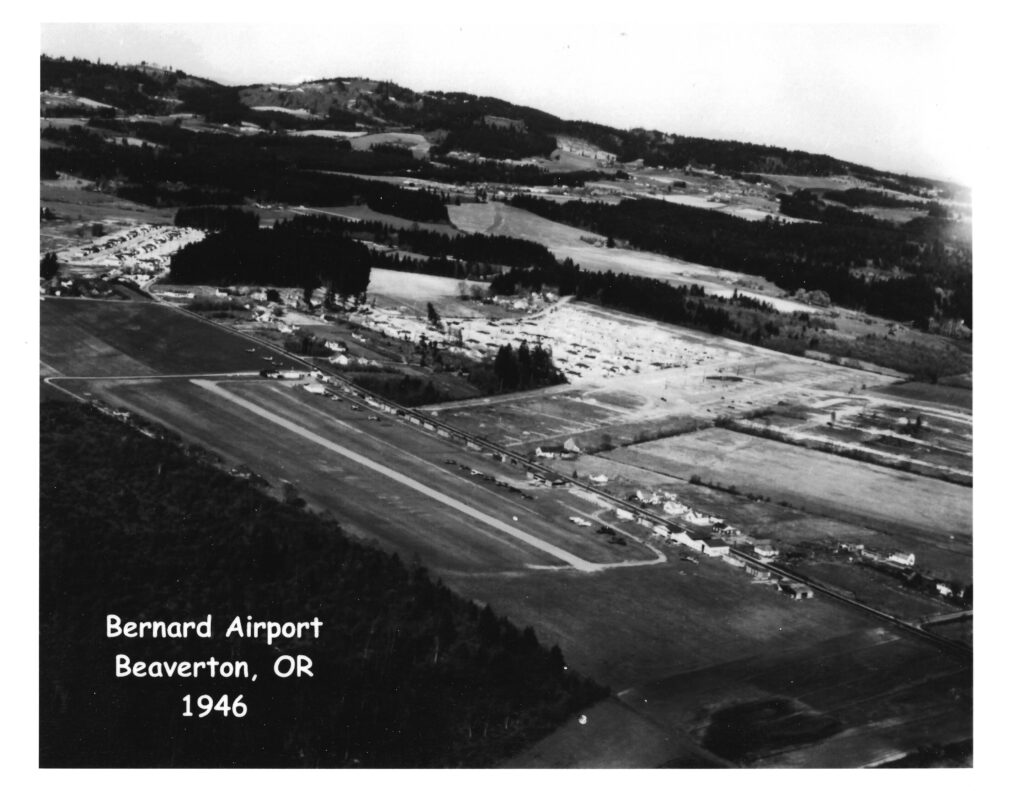
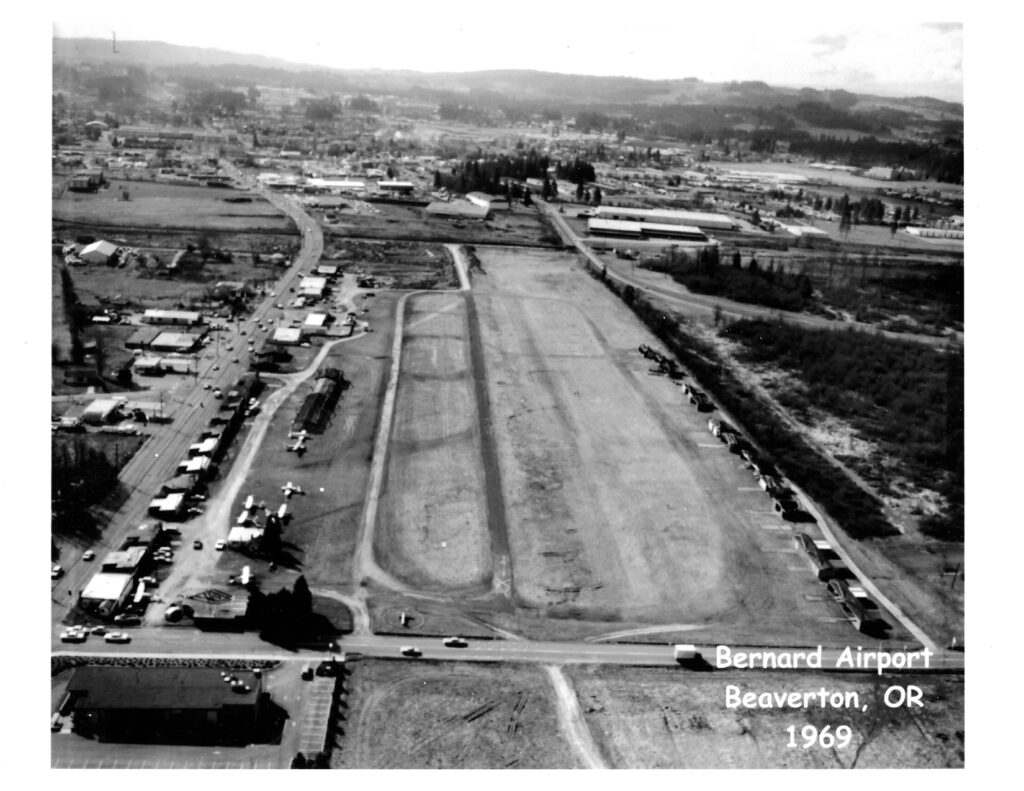

Here is an interesting remembrance of Bogardus by Dick VanGrunsven.
Great books about the beginnings of amateur-built aircraft.
Unlocking the Sky: Glenn Hammond Curtiss and the Race to Invent the Airplane
While the Wright brothers threw a veil of secrecy over their flying machine, Glenn Hammond Curtiss — perhaps the greatest aviator and aeronautical inventor of all time — freely exchanged information with engineers in America and abroad, resulting in his famous airplane, the June Bug, which made the first ever public flight in America. Fiercely jealous, the Wright brothers took to the courts to keep Curtiss and his airplane out of the sky and off the market. Ultimately, however, it was Curtiss’s innovations and designs, not the Wright brothers’, that served as the model for the modern airplane.
The Propeller under the Bed: A Personal History of Homebuilt Aircraft
Eileen Bjorkman ― herself a pilot and aeronautical engineer ― frames her father’s journey from teenage airplane enthusiast to Air Force pilot and Boeing engineer in the context of the rise, near extermination, and ongoing interest in homebuilt aircraft in the United States.
This book includes details of Les Long’s and George Bogardus’s efforts to invigorate and legalize home-built aircraft.

